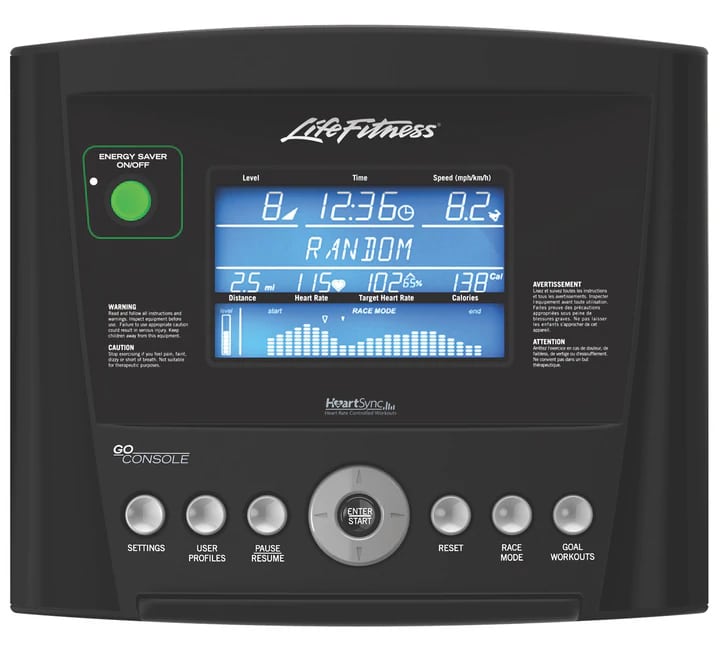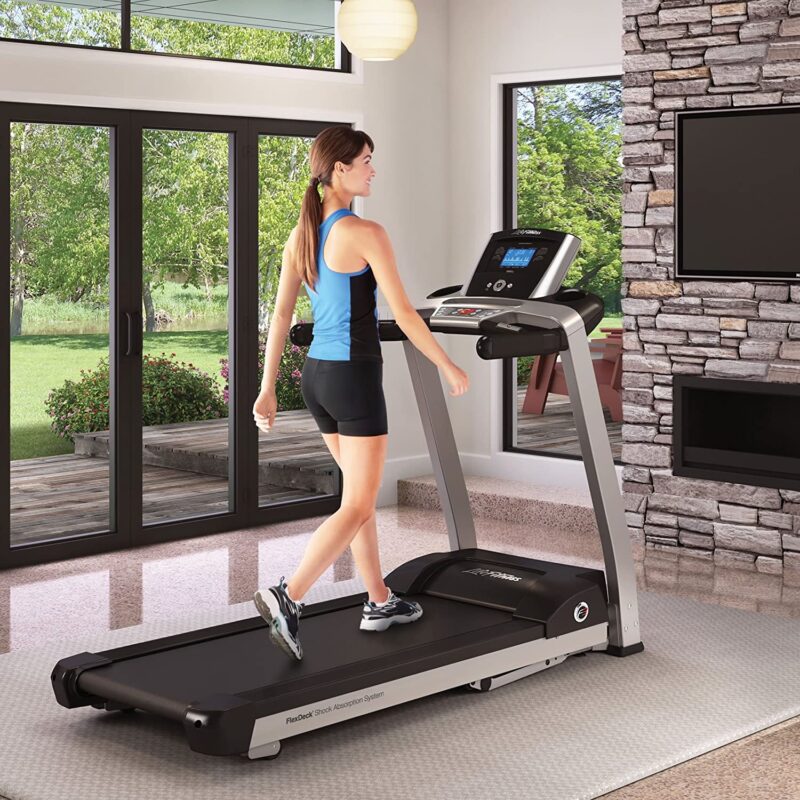
Contents
Workout your estimated maximum heart rate formula to help you track the most important metric of all
What’s the most important part of your body? No, it’s not your particularly large biceps or your wonderful natural hairline, it’s your heart. And you should try to calculate maximum heart rate as regularly as possible. Exercise intensity is essentially another way of saying ‘strain on body’, and because your body can only take so much strain, well, let’s just say your heart’s integrity is a little more important than that of your big toe.
Whether you want to lose weight, reach a new distance target or start interval training, you should know where your heart’s at.
But it’s not just making sure your heart’s okay, ”phew”, it’s about seeing how much you could push it (safely of course) in order to progress your fitness and reach new heights.
Polar suggests some of the ”most popular calculations” to help.
”Defining maximum heart rate (HR max) is easy: it’s the highest number of beats per minute your heart can pump under maximum stress.
Determining your maximum heart rate, however, is a little bit harder – but don’t despair.”
There are many max hr formulas, but here’s a basic general to give you an idea:
minus your age from 220
(i.e. if you were 50, you’d be looking at a max hr of 170. but as I say, this is very basic, and is just to give you a general idea)
Now the maths bit’s out of the way…
What is your max heart rate?
Let’s say you’ve tried to test your resting heart rate before, well, this test is the opposite – it’s like the slowest speed vs the fastest, before whatever vehicle this analogy is using explodes of course. With heart rate training zones you get an idea of the different sections of ability. In other words, calculating your maximum heart rate based on testing based on output will require you to run at different speeds all the way to maximum.
Your actual maximum heart rate will depend on factors like age, fitness level, stress, and medication. In order to calculate max heart rate properly it’s important to take all of these into consideration (even biological sex).


Actually measuring it
Check out this method of testing here. It’s essentially a slider that takes on age to churn out a guesstimate.
But you could use a lab kit if you really want to –
”If you’re looking for the most accurate way to calculate max hr, you should have your HR max clinically measured. This is something you’ll need to do in a fancy laboratory environment with high-tech equipment.
The two most common ways are the maximal treadmill and bicycle stress tests. These tests are usually supervised by a cardiologist or exercise physiologist.” Polar, 2020.
Wait, some other factors before I do this?
Size matters, for this anyway. Depending on how tall you are, and your weight, of course, your heart will work differently. You also have to consider levels of athletic resistance (fitness levels). oh, and the altitude at which you’re training (this is why a field test is sometimes better). So be careful to include all of these.
Conclusion
There you have it! Easily done, but also easily undone – be good to your heart!
FAQs
What is a target heart rate zone?
”Typically, your target heart-rate zone is between 50 percent and 85 percent of your maximum effort heart rate (max hr), the maximum number of times your heart should beat in a minute without dangerously overexerting yourself.” (Use a heart rate monitor when calculating max heart rate).